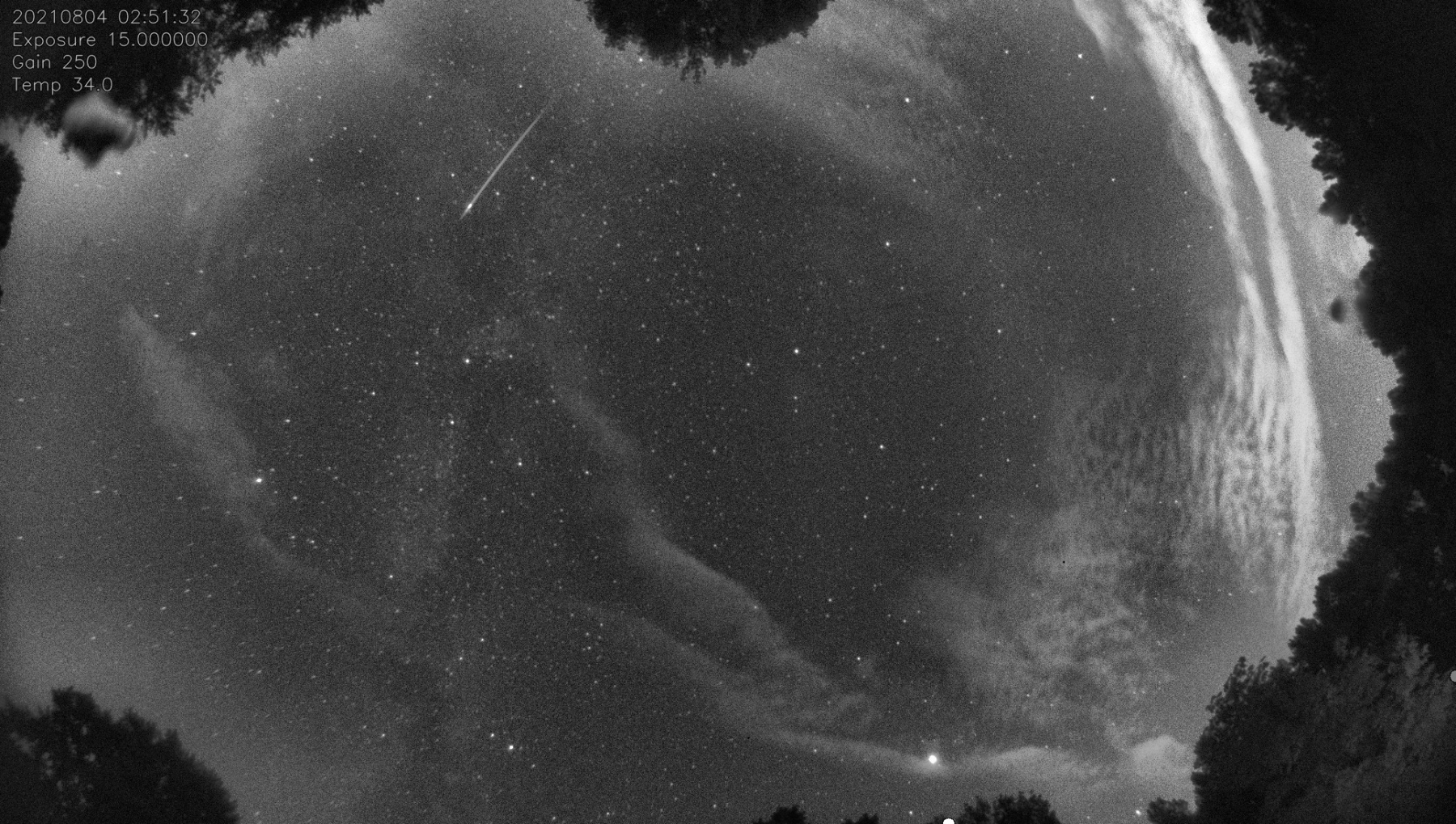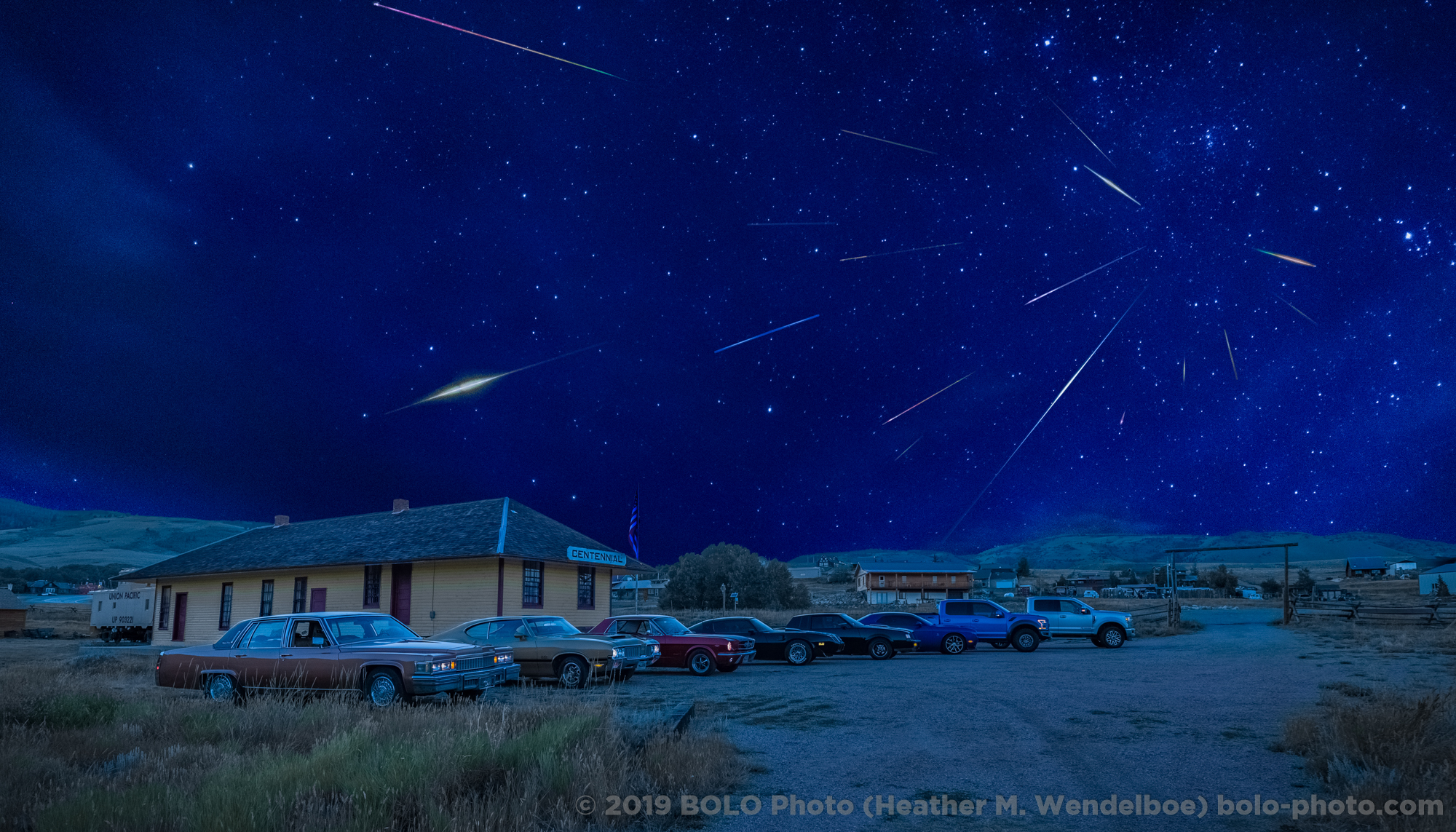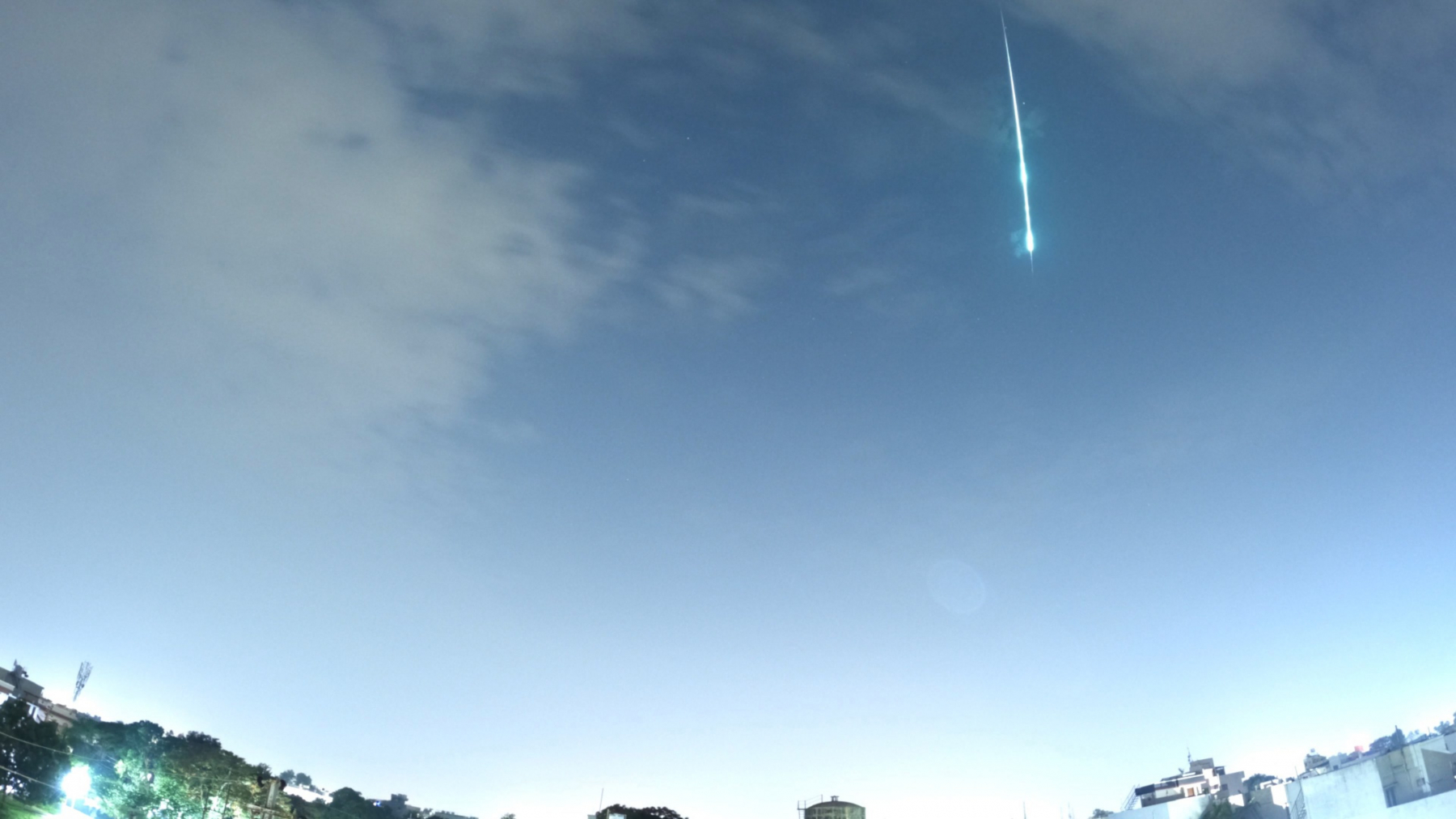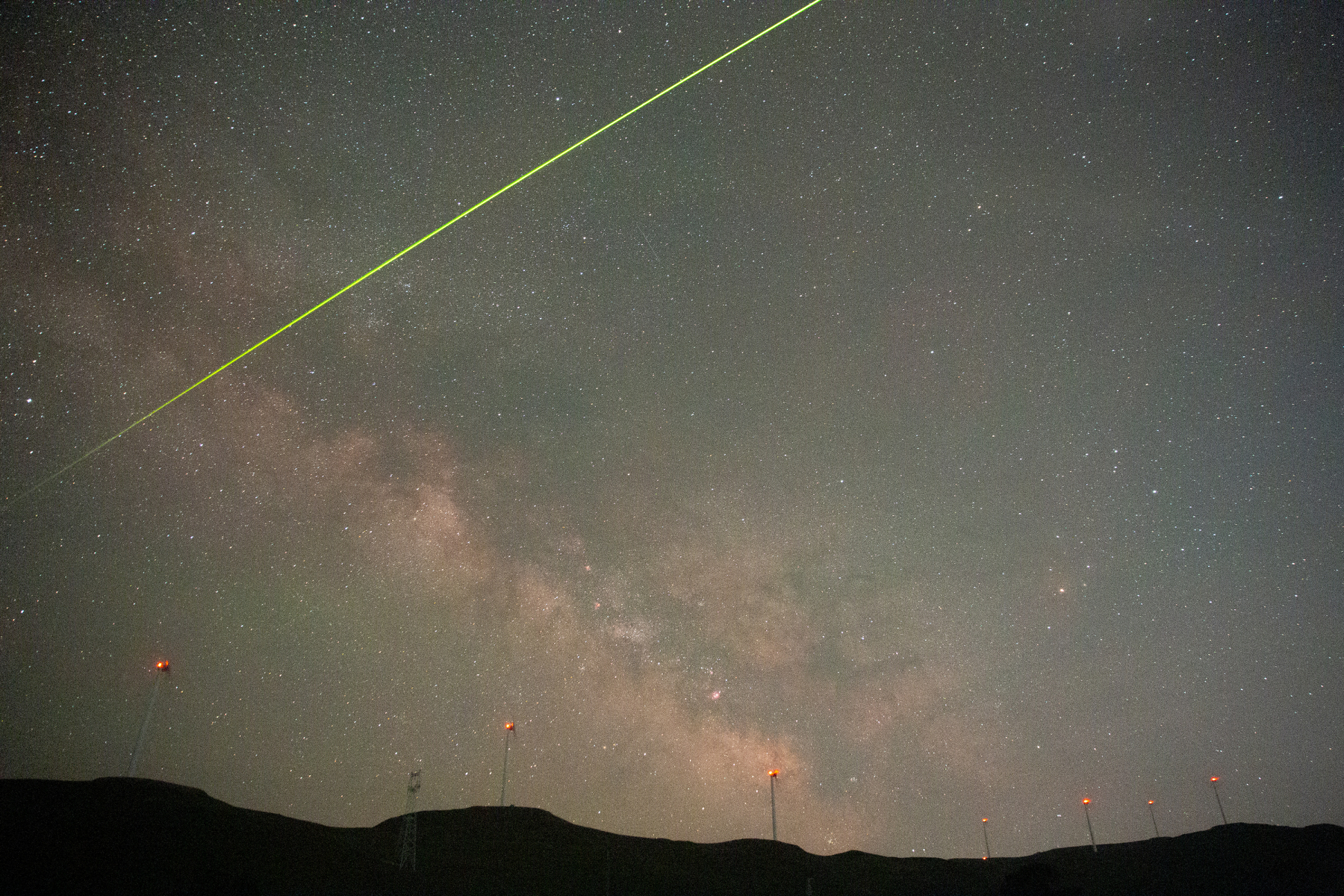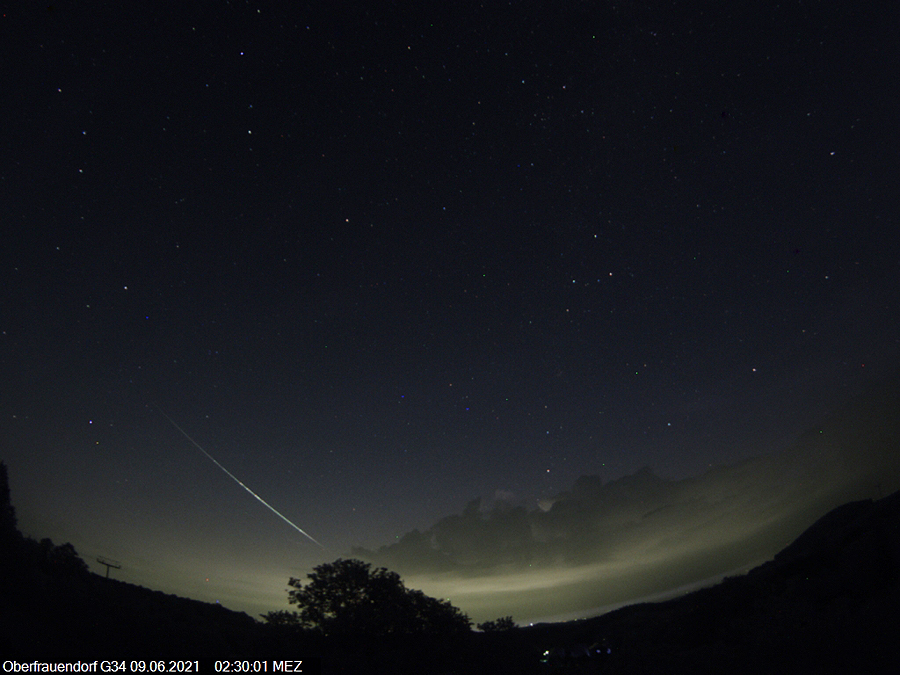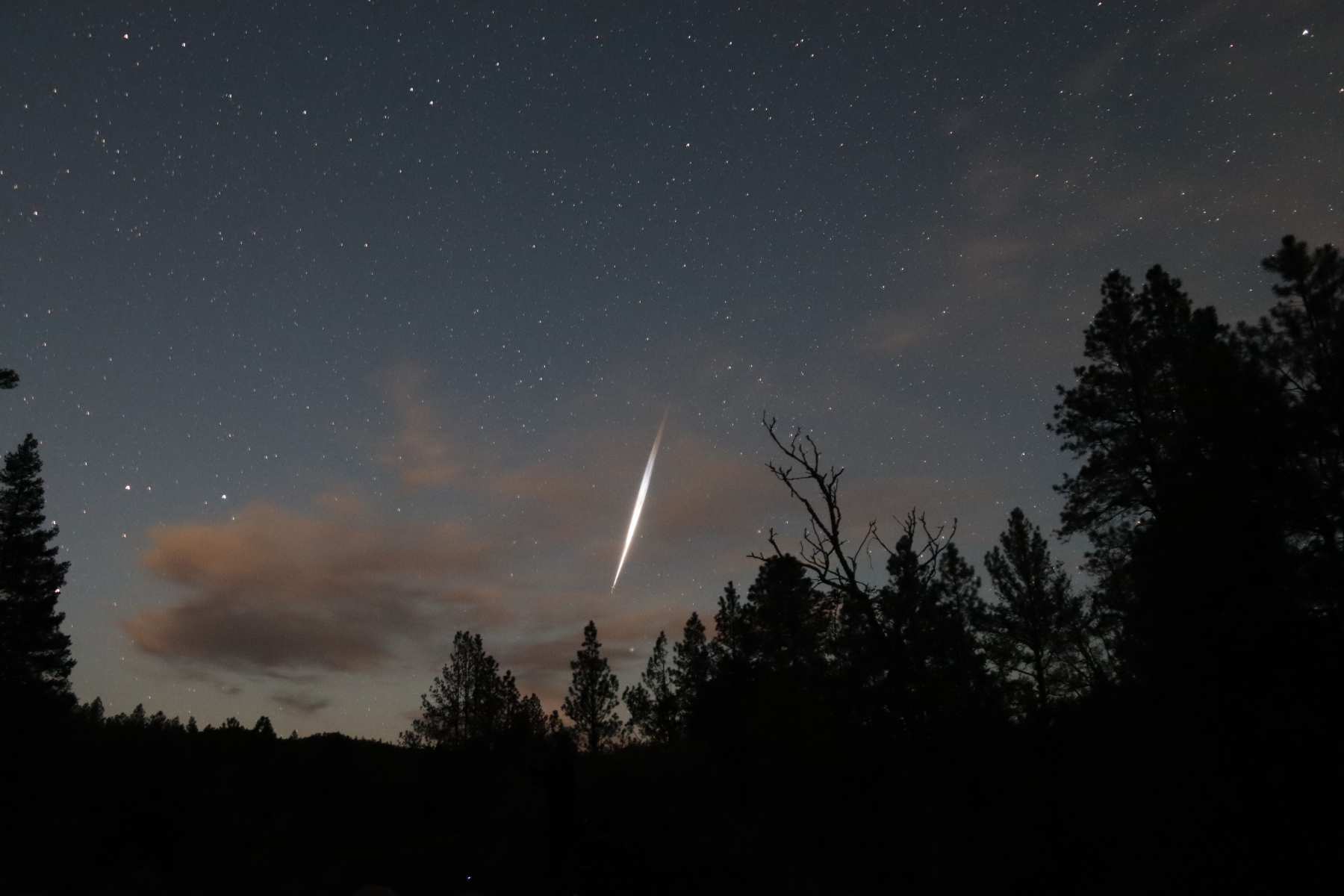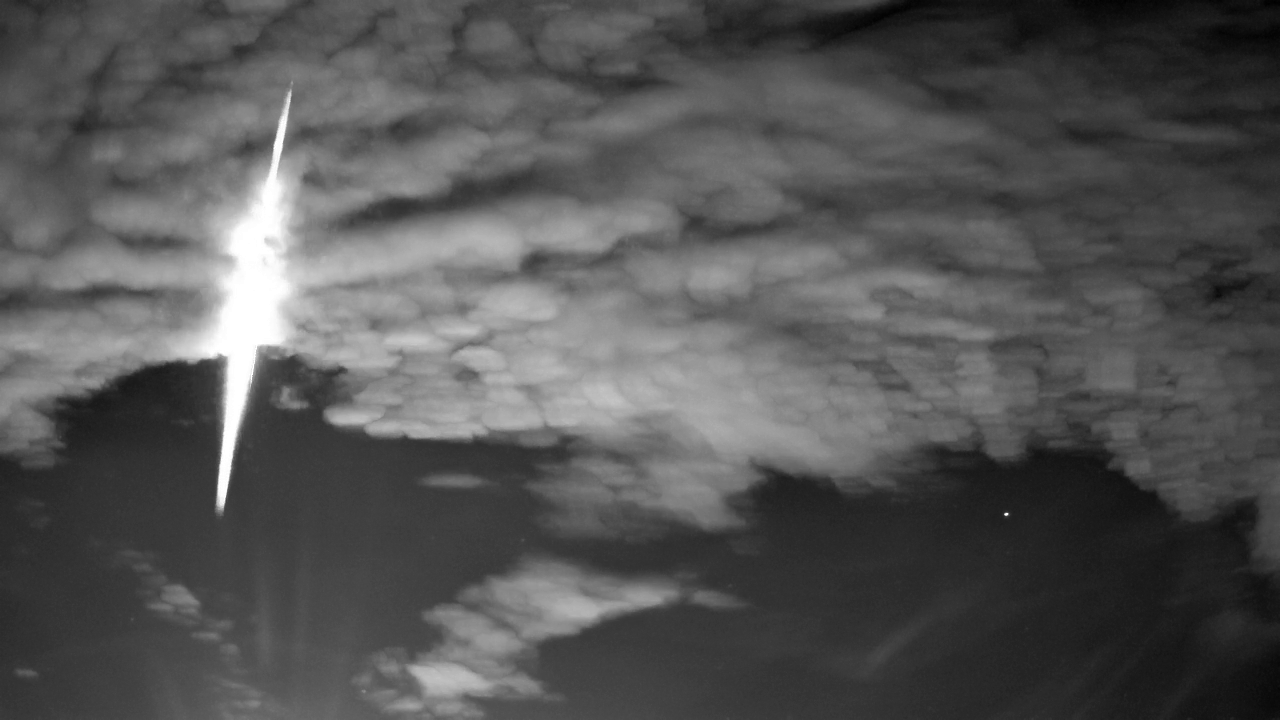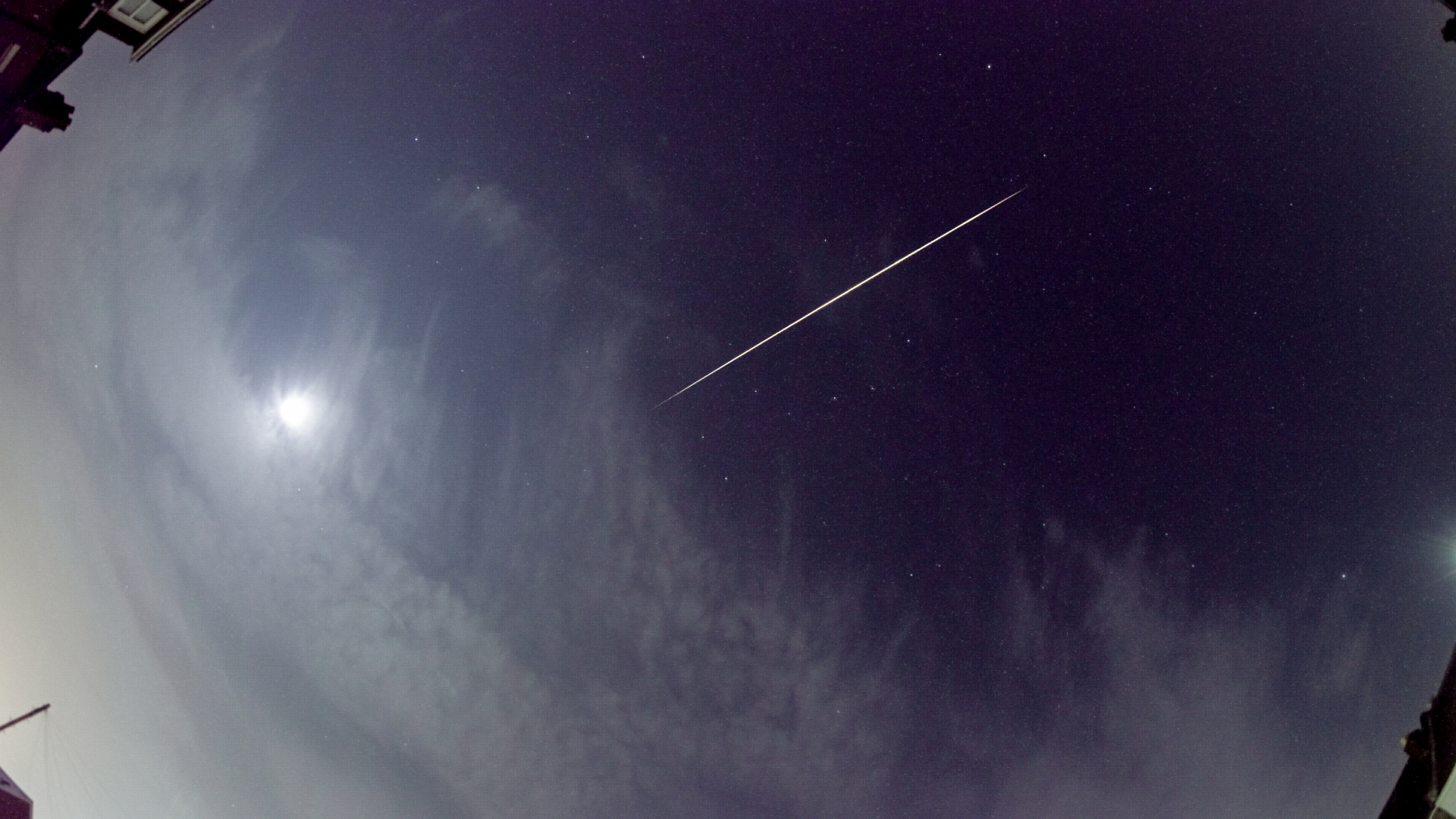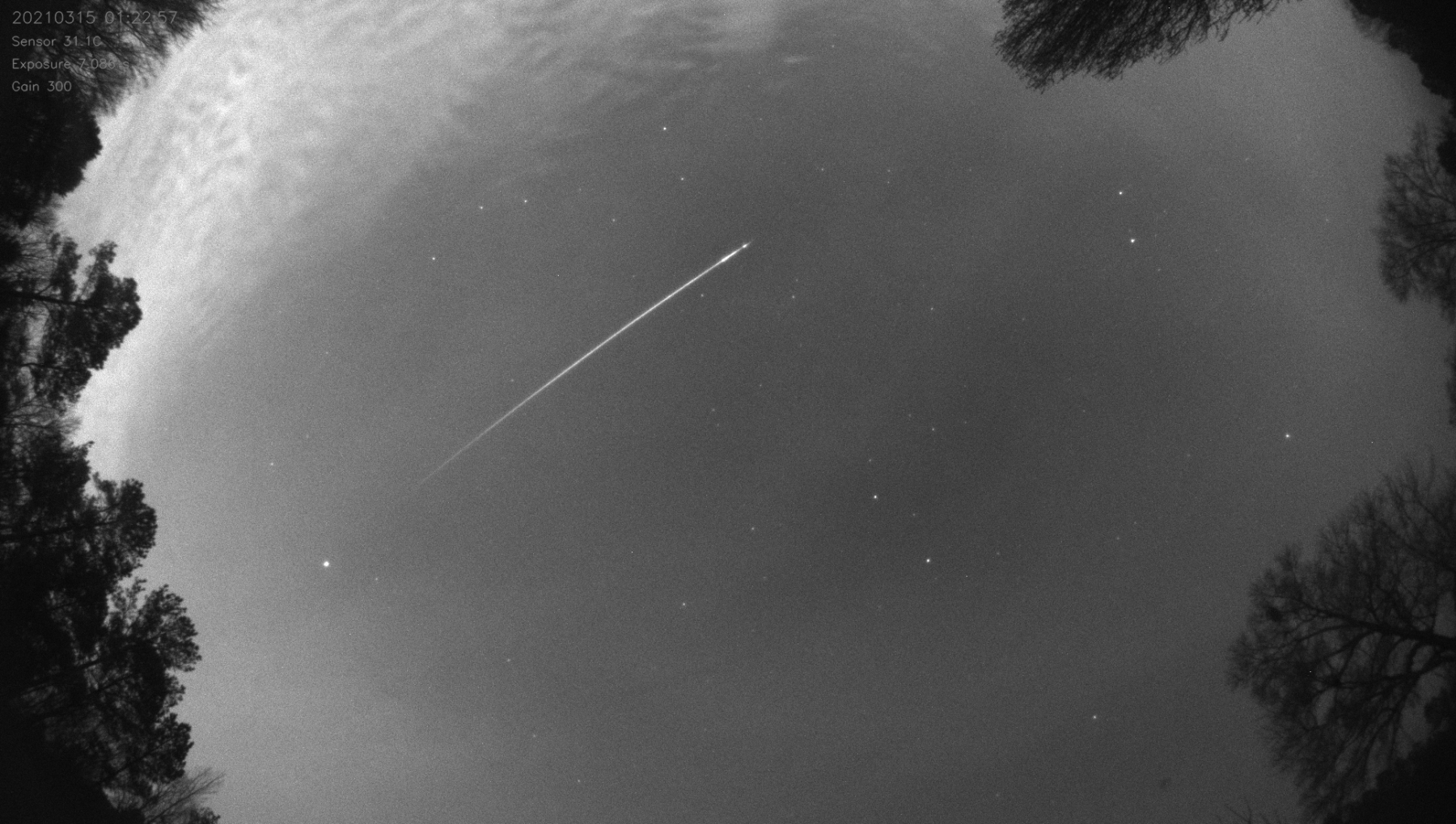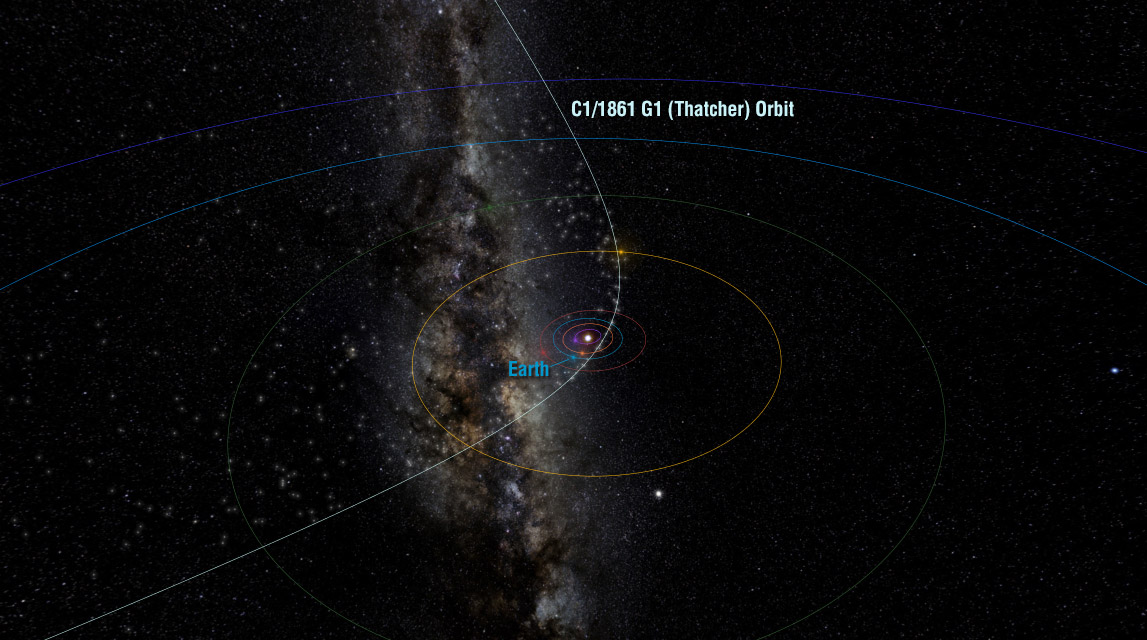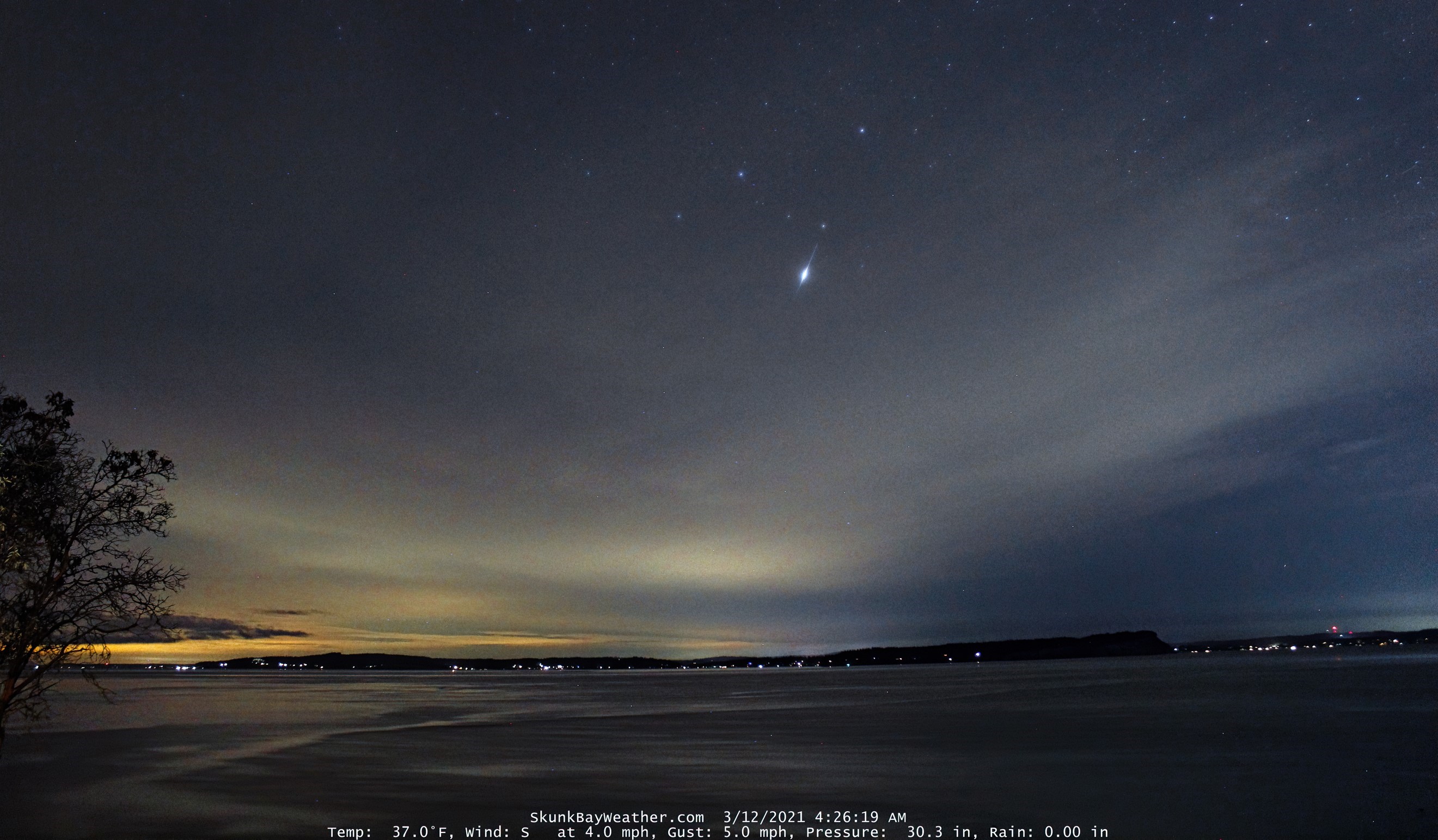
Meteor Activity Outlook for September 4-10, 2021
During this period, the moon reaches its new phase on Monday September 6th. At that time the moon lies near the sun and is invisible at night. This weekend the waning crescent moon will rise shortly before dawn and will not interfere with meteor observing. Late in this period the waxing crescent moon will enter the evening sky but again it will set near the end of dusk and will not interfere with meteor observing.
 American Meteor Society
American Meteor Society



